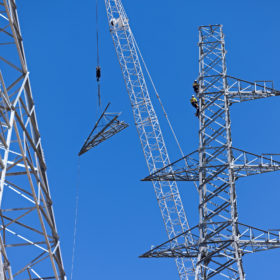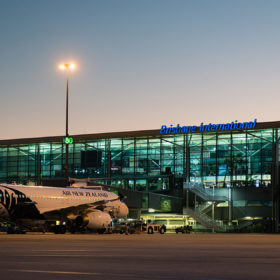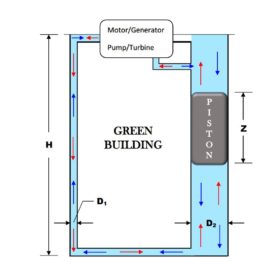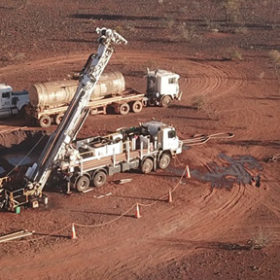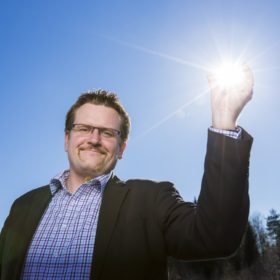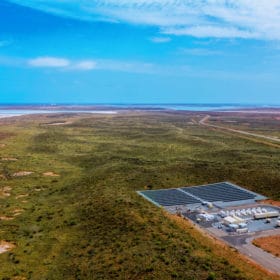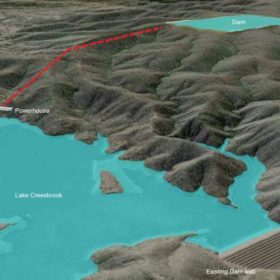Enphase partners with Home Connect to manage home appliances from single app
Integrated clean home energy and smart appliances platform lets users run appliances on battery-stored solar energy in pre-determined time frames.
Decade of unreliability: renewable projects and transmission ‘urgently’ needed as Australia stares down coal closures
The Australian Energy Market Operator warns every Australian jurisdiction in the national grid could see electricity demand outstripping supply within the decade – though only if anticipated renewable projects do not come to fruition.
Brisbane Airport expands AI program to help meet sustainability goals in airport first
Brisbane Airport Corporation is set to expand its use of artificial intelligence (AI) energy optimisation technology across the international airport following a successful six month trial.
Melbourne startup to forecast entire region’s solar output using real-time satellite data
Combining satellite images of Australian rooftops with those of real-time cloud cover to create accurate forecasts of distributed solar output for suburbs and perhaps even whole regions and states is the focus of a new Australian startup, Solstice AI. “We’re kind of at a point now where there’s so much solar that it’s causing all these issues but, if we can forecast it, many of these issues can be alleviated or managed much better,” the company’s cofounder and CEO, Julian de Hoog, tellspv magazine Australia.
PV with gravity storage, redox flow batteries in buildings
Indian researchers have developed a new hybrid system featuring a conventional rooftop PV system, a solar tree, two gravity power modules for building (GPMBs), and a vanadium redox flow battery (VRFB), with power exclusively provided by the two solar installations.
‘Likely to further dilute trust’: misunderstanding community opposition to transmission lines
As community opposition to overhead transmission line grows, the Victoria-based Energy Grid Alliance has released a report imploring the energy industry to better understand why the phenomenon is gaining momentum – positing the ‘talk to them early and pay them more’ approach will only further decay the situation. Instead, the group says real attention needs to be paid to social license and ensuring environmental and socioeconomic impacts of chosen transmission corridors are considered from the get-go.
Weekend read: Flowing into the lithium supply gap
Australian-born vanadium redox flow technology and new homegrown electrolyte sources are set to bulk up renewable energy storage options in the Pacific region and plug the gap left by lithium supply-chain issues. Natalie Filatoff reports from Sydney.
Growing consensus on 100% renewables
An international group of researchers from 15 universities has said that there is growing consensus among scientists that an energy system based on 100% renewables could be achieved cost effectively by 2050.
WA rolls out management system to quadruple rooftop solar potential in regions, underpin 100% renewable microgrids
Horizon Power, the state government owned electricity provider for much of regional Western Australia, is set to rollout energy management technology which integrates the utility’s assets with distributed energy resources. The technology, which uses predictive analytics, hopes to unlock access to renewables in the regions.
Queensland pumped hydro & battery storage facility selects EPC
US engineering company Bechtel will support planning for proposed Queensland pumped hydro and energy storage facility, Big-T, at Lake Cressbrook in the state’s southeast. The project involves a 400 MW pumped hydro facility with 10 hours of storage and a 200 MW/200 MWh battery system.

